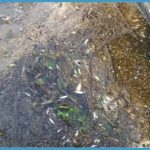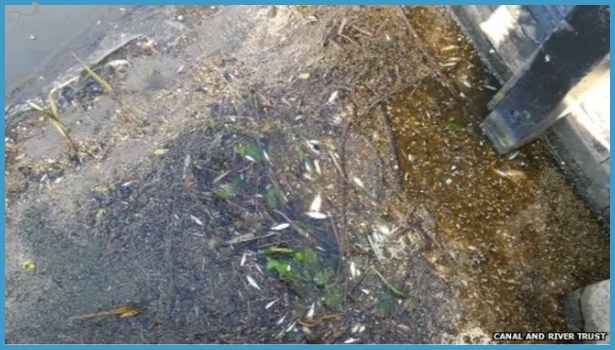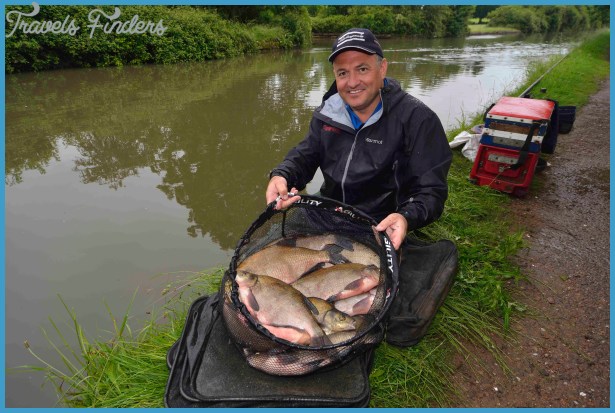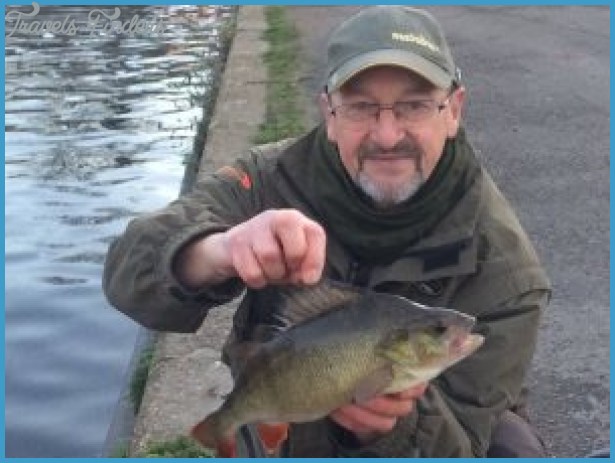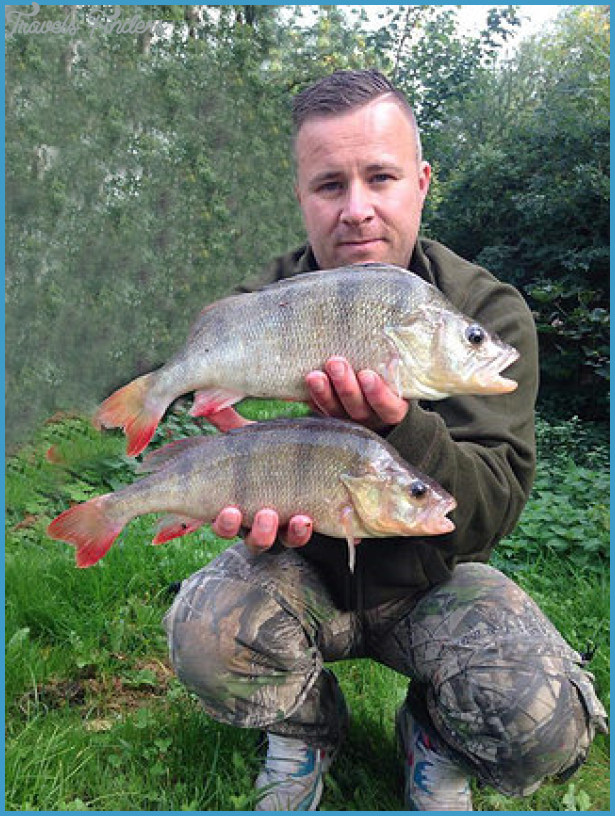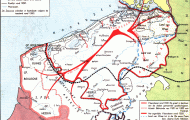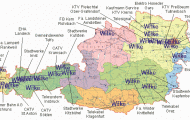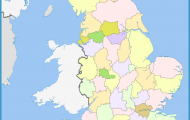TOP OF THE CHOPS
Not one for the squeamish, the ‘chopped worm technique of slicing up worms to draw and hold fish in your swim is absolute dynamite on canals. Dendrobaenas are perfect for this method, and the classic way is to kick off a swim with several butchered worms and a few casters. The worms can be minced into tiny pieces for a long lasting trail of bloody juices, but generally I also like to leave a few larger worm sections that nuisance fish can’t handle.
A pole cup is perfect for depositing ‘chop with total accuracy. Throwing is less reliable over any distance – unless you mix up a little sticky groundbait to bind things together. After an initial, grisly helping you should top up according to bites – usually with another smaller helping of ‘choppie after every decent fish or two. This method is a great way to draw good-sized fish from cover and can be absolutely magical for perch or tench fishing.
Grand Union Canal Fishing Photo Gallery
Left: Two pieces of broken worm, hooked through the bloody end. Right: A grisly business, but chopped worm is lethal on canals.
Lobworms are the largest common species. A wet night on the lawn or local park is the time to gather a supply with a torch in hand. Look closely and you’ll spot heads and tails glistening in the damp grass. They can escape rapidly, but if you quickly grab one end, they can be eased steadily out of the ground. Stored in damp moss they will last several weeks. Lobs are rather big for many canal fishing uses but they do deter tiddlers and can be terrific for perch, tench and other species.
Dendrobaenas are perfect size for canal fishing, and easily obtained from compost heaps. Smaller than lobs, they are typically two to four inches long and a reddish colour, sometimes with yellow patches. Whether you use just a nipped off head or tail on a size 18, or a whole worm on a size 10 hook, they are an excellent bait.
Redworms are smaller again, and also found on the family compost heap.


